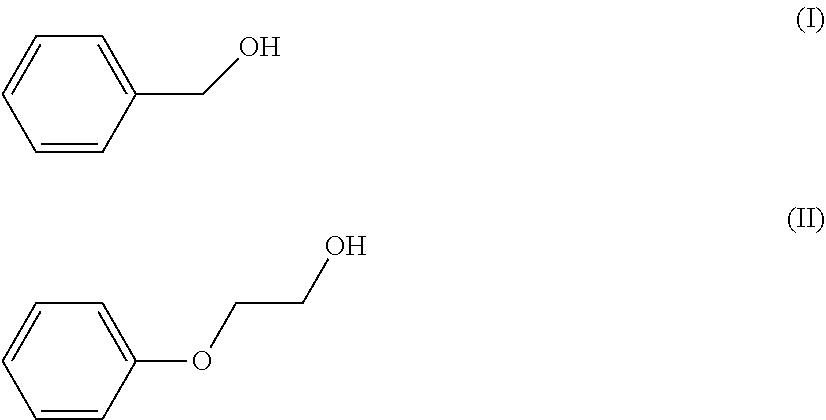Novel colouring method using films
a film and colouring technology, applied in the field of cosmetics, can solve the problems of oxidation dyes, hair damage, and hair damage, and achieve the effect of not being the first choice method for oxidation dyes
- Summary
- Abstract
- Description
- Claims
- Application Information
AI Technical Summary
Benefits of technology
Problems solved by technology
Method used
Image
Examples
examples
[0179]1. Production of the Colouring Film
[0180]The following colouring solution was firstly produced:
Colouring solution (FL)FL1FL2Acid Red 331.01.0Citric acid—4.0Waterto 100to 100
[0181]The following chromatography paper was used:
[0182]Hahnemühle from pure cotton linters with an alpha-cellulose content of >98%.
Absorption levelTypeWeight (g / m2)Thickness (mm)(mm / 30 min)2043b1200.22105
[0183]Sheets measuring 5 cm wide and 25 cm long were cut from the chromatography paper. The chromatography paper was then drizzled with one of the previously produced colouring solutions (FL1 and FL2) (1.2 g colouring solution were used in each case per g of paper). The strips of the chromatography paper coloured in this way were then blow-dried.
[0184]After the drying, the chromatography paper was then adhesively bonded to an aluminium film) dimensions 6 cm×27 cm).
[0185]2. Production of the Activator Preparation
[0186]The following activator preparation was firstly produced:
Activator preparation (AZ)AZ1Lact...
PUM
| Property | Measurement | Unit |
|---|---|---|
| sizes | aaaaa | aaaaa |
| sizes | aaaaa | aaaaa |
| pH | aaaaa | aaaaa |
Abstract
Description
Claims
Application Information
 Login to View More
Login to View More - R&D
- Intellectual Property
- Life Sciences
- Materials
- Tech Scout
- Unparalleled Data Quality
- Higher Quality Content
- 60% Fewer Hallucinations
Browse by: Latest US Patents, China's latest patents, Technical Efficacy Thesaurus, Application Domain, Technology Topic, Popular Technical Reports.
© 2025 PatSnap. All rights reserved.Legal|Privacy policy|Modern Slavery Act Transparency Statement|Sitemap|About US| Contact US: help@patsnap.com


